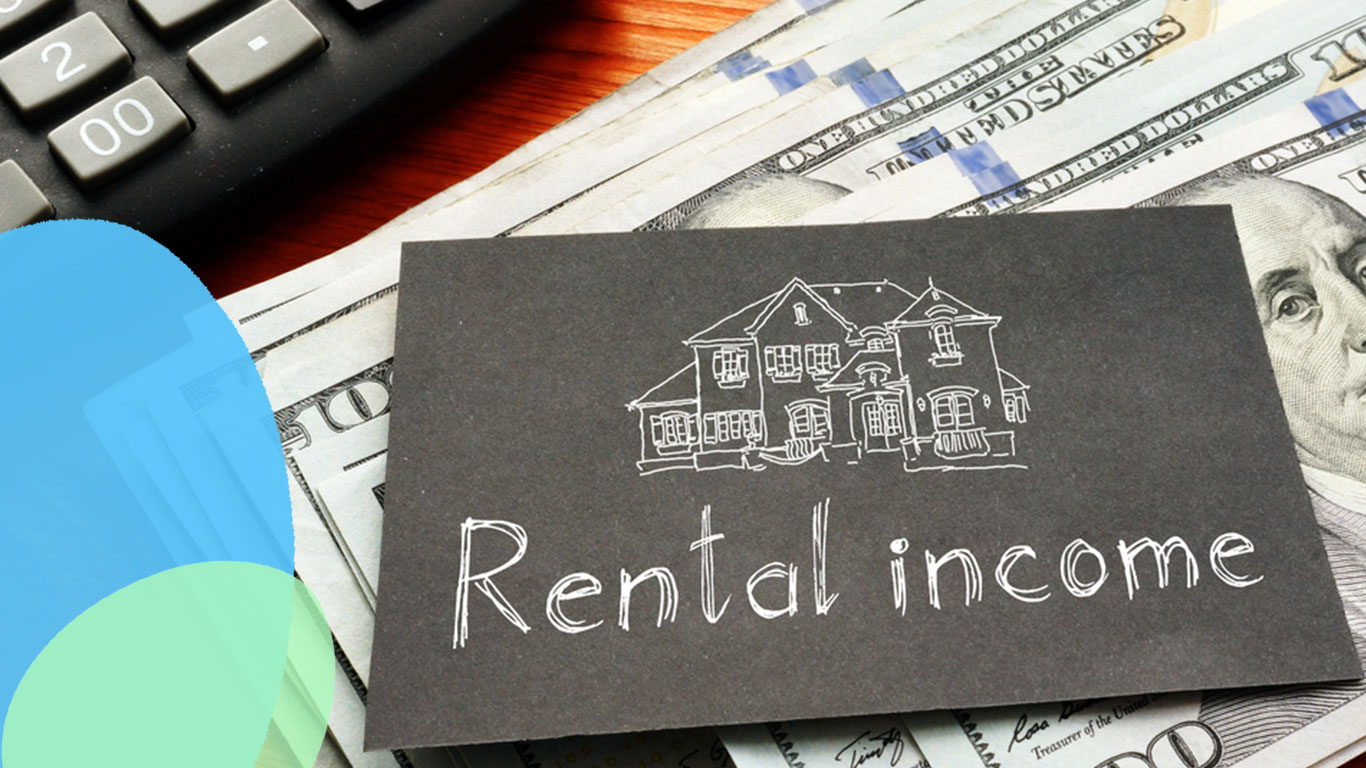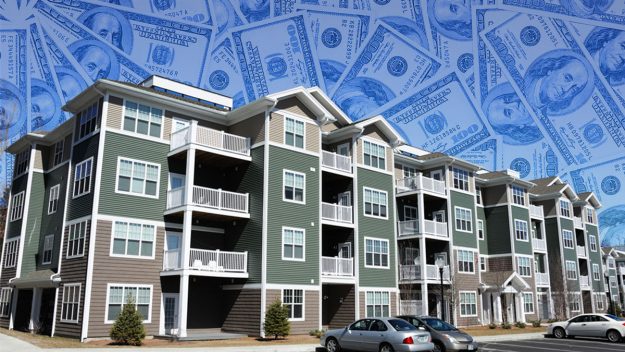Real estate investing is a numbers game, so never let emotions impact your decision-making process. Understanding the financial aspects of property investments is crucial to your success. One important calculation that every investor should be familiar with is Net Effective Income (NEI). In this article, we will break down the components of NEI and explain how to calculate it. As always, we’re providing a FREE downloadable Excel spreadsheet to help you grasp the concept and apply it to your own investments.
What is Net Effective Income (NEI)?
Net Effective Income is the actual income that a property generates after accounting for potential gross income, miscellaneous income, and vacancy expenses. This metric is important because it reveals the true earning potential of a property, allowing investors to make informed decisions when comparing and selecting investment opportunities.
Breaking Down the Components of Net Effective Income
Net Effective Income = Potential Gross Income + Miscellaneous Income – Vacancy Expense – Concessions – Credit Loss
To calculate NEI, you need to understand and account for the following components:
- Potential Gross Income (PGI): This is the maximum amount of rental income that a property could generate if it were fully occupied. To calculate PGI, multiply the number of units by the market rental rate per unit.
- Miscellaneous Income: This refers to any additional income generated by the property, such as parking fees, vending machine revenue, storage fees, gym memberships, or income from renting roof space for cellular towers. Add these amounts to the PGI to get the Total Gross Income (TGI).
- Vacancy Expense: This is the estimated cost of lost rental income due to vacant units. The industry standard for vacancy expense is typically around 5% of the PGI, but this can vary depending on the property and market conditions. Subtract the vacancy expense from the TGI to calculate the Net Effective Income.
- Concessions: Concessions are rent discounts or incentives offered to tenants to entice them to sign a lease. These may include free rent for a specific period, reduced rent, or other financial incentives. It’s essential to account for concessions when calculating NEI, as they impact the property’s overall income.
- Credit Loss: Credit loss is the income lost due to tenants defaulting on their rent payments or leaving without fulfilling their lease obligations. Like vacancy expenses, it’s essential to be conservative in your credit loss assumptions.
How does the Net Effective Income Calculation Work?
Let’s say you’re evaluating a 10-unit apartment building with a market rental rate of $1,000 per unit per month. The property also generates $200 per month in miscellaneous income from parking fees. Using a 5% vacancy rate, let’s calculate the NEI.
- Potential Gross Income (PGI): 10 units x $1,000 per unit = $10,000
- Total Gross Income (TGI): PGI + Miscellaneous Income = $10,000 + $200 = $10,200
- Vacancy Expense: PGI x 5% = $10,000 x 0.05 = $500
- Net Effective Income (NEI): TGI – Vacancy Expense = $10,200 – $500 = $9,700
In this example, the Net Effective Income for the apartment building is $9,700 per month.
Here’s the same example calculation as above, but in Excel to help you visualize it all:

Why We Left Out Concessions and Credit Loss
Underwriting concessions and credit loss can be challenging for several reasons, primarily due to the variability and unpredictability of these factors. Concessions often depend on market conditions, competition, and the need to attract or retain tenants. Credit loss, on the other hand, arises from the risk of tenants not paying rent or other income-generating fees, which can be influenced by tenant quality, local economic conditions, and property management practices.
Given the difficulty in accurately predicting these factors and the potential for significant variation between properties, we will not include concessions and credit loss in our example calculation. This decision will simplify the demonstration and allow you to focus on understanding the core components of net effective income without the added complexity of accounting for these less predictable elements.
Don’t worry, in a future article, we’ll talk more about concessions and credit loss to help you understand these tricky parts of real estate investing even better.
Download Our FREE Excel Spreadsheet
To help you master the Net Effective Income calculation, we’ve created a FREE Excel spreadsheet for you to download. The spreadsheet includes a step-by-step guide to demonstrate the calculation of NEI using a real-world scenario. Click the link below to get your copy now!
Download the FREE Net Effective Income Excel Spreadsheet
Bottom Line: It All Begins With Net Effective Income
Understanding and calculating Net Effective Income is an essential first step for real estate investors. By accurately assessing a property’s income potential, you can ultimately determine the property’s net cash flows, measure a property’s profitability, and make better-informed investment decisions.. Use our free Excel spreadsheet to practice your NEI calculations and take the next step in your real estate investing journey.
Happy investing!







